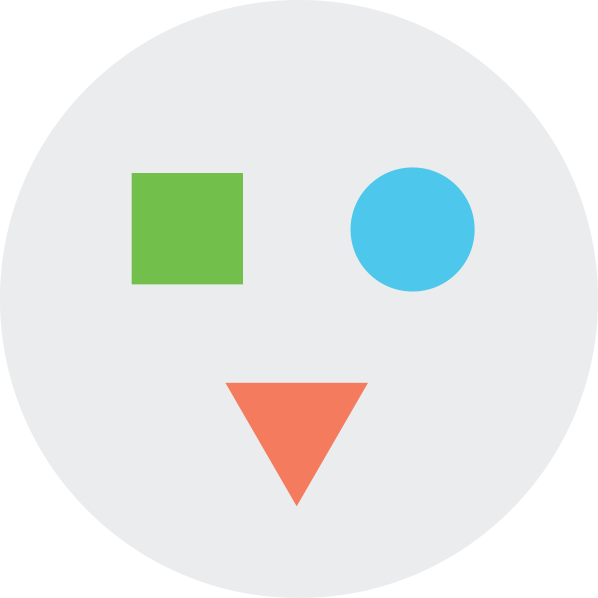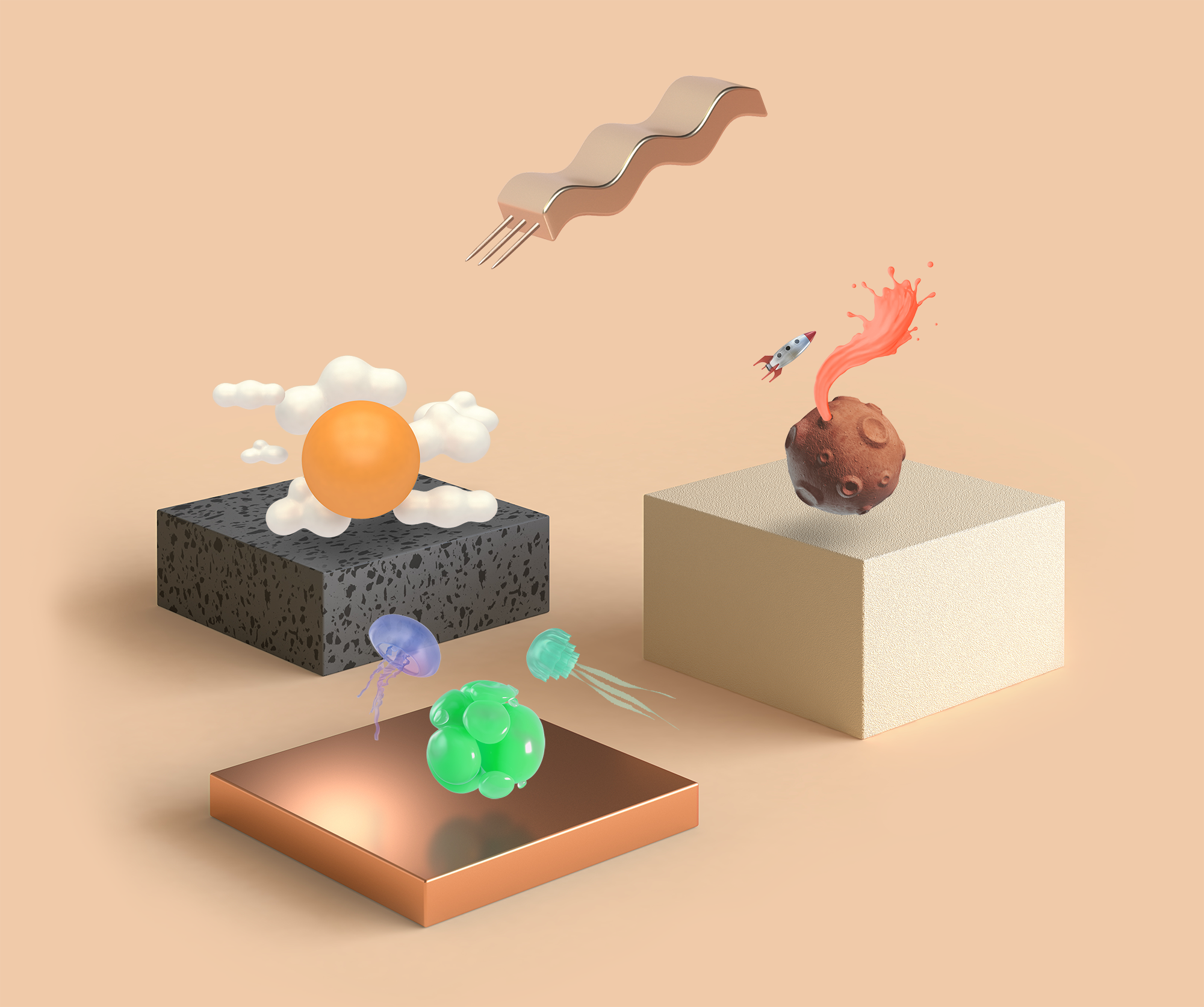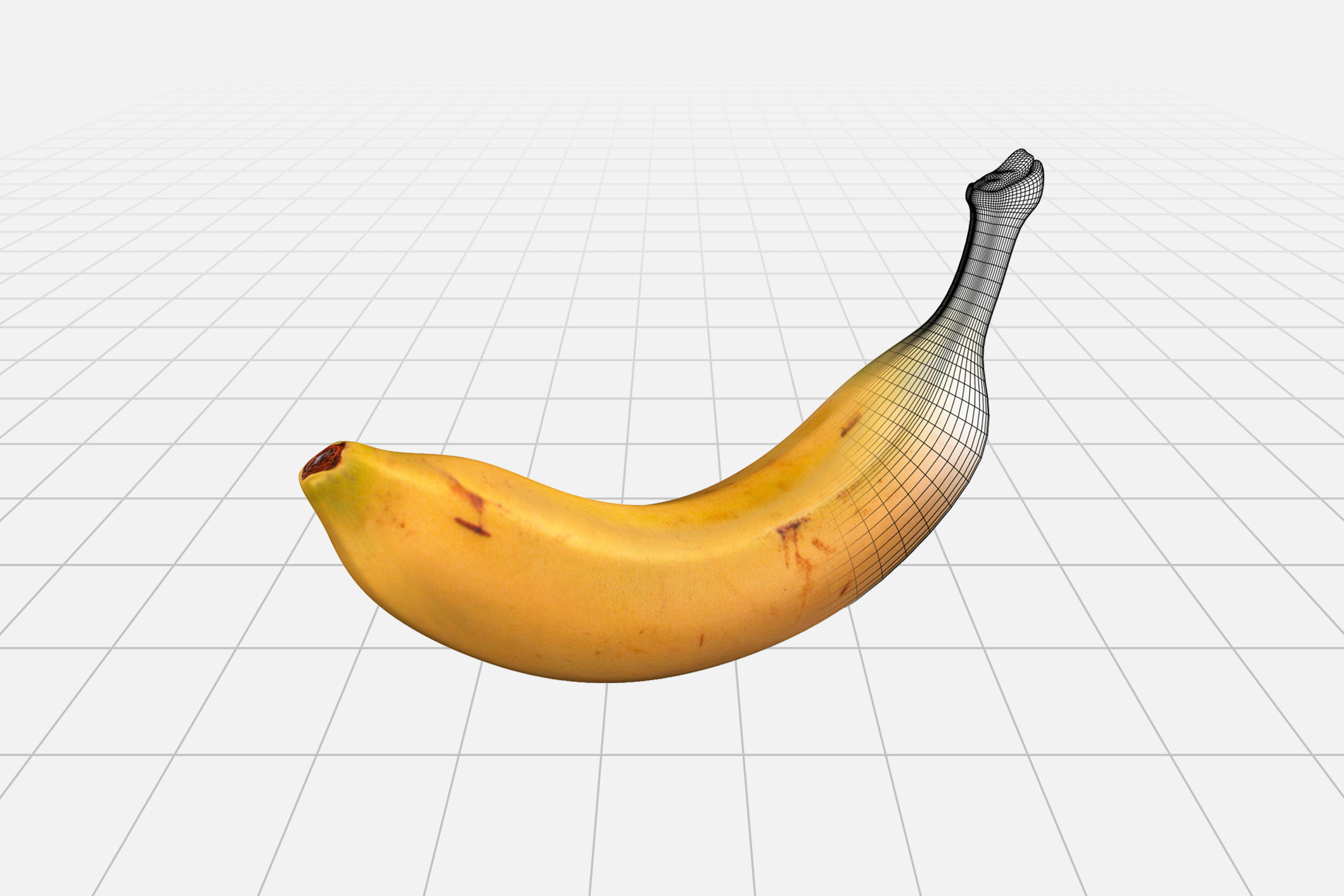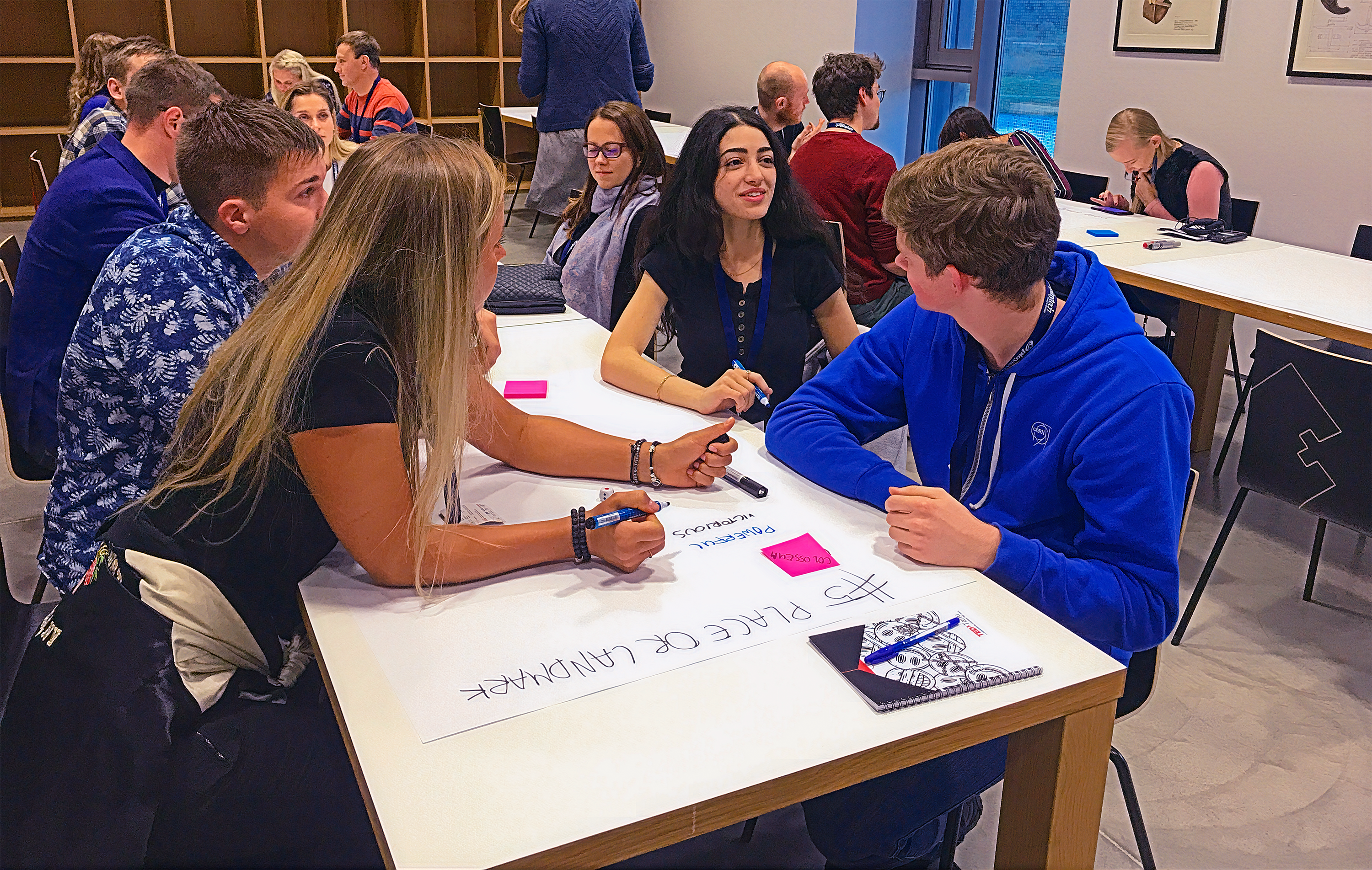What is P/N
Project Nourished is a public-benefit platform with a goal of maximizing therapeutic and utilitarian qualities of food, beverage and medicine—while limiting environmental effects and the use of natural resources
Open Embedded Platform
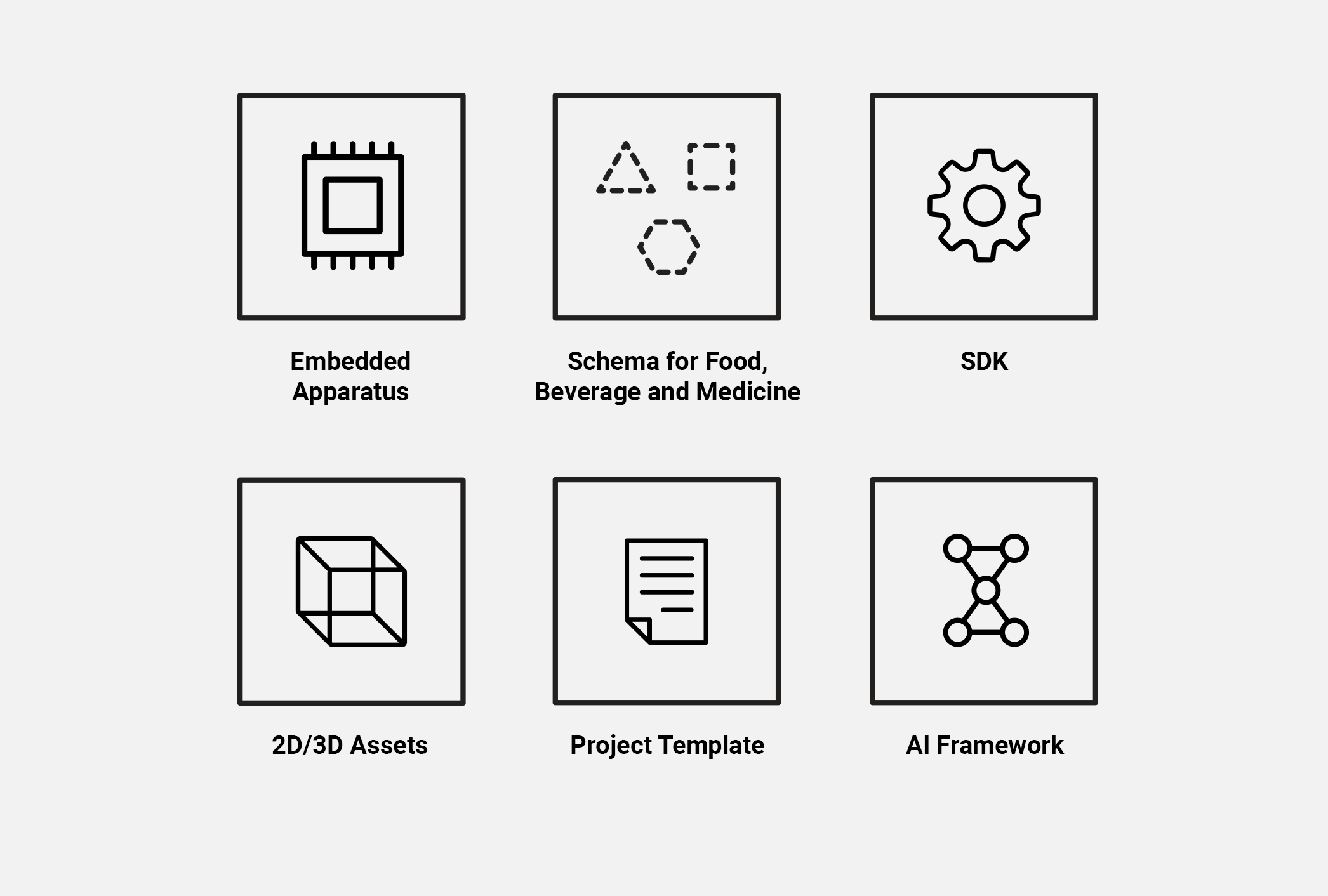
We provide an open platform intended for creating immersive consumption and data-driven applications with a variety of technologies including AI, AR, VR and MR. The platform consists of embedded apparatus with sensors, SDK, AI framework, schema for food, beverage and medicine, and much more. If you are a non-profit organization, you will soon be able to apply to get early access to the alpha release of the platform.
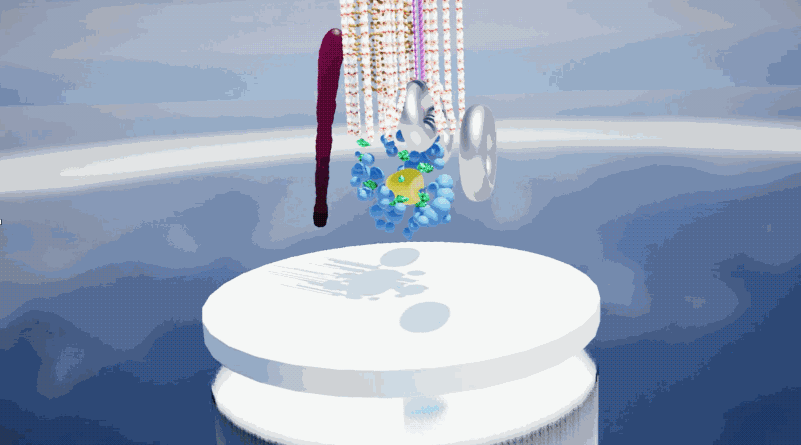
With the use of tech stack, the aggregated experience is designed to:
- Heighten sensation of food, beverage and medicine
- Produce therapeutic effects by altering the motion, form, color, scent, taste, temperature and more
- Capture a range of quantitative data related to consumption
Training Program
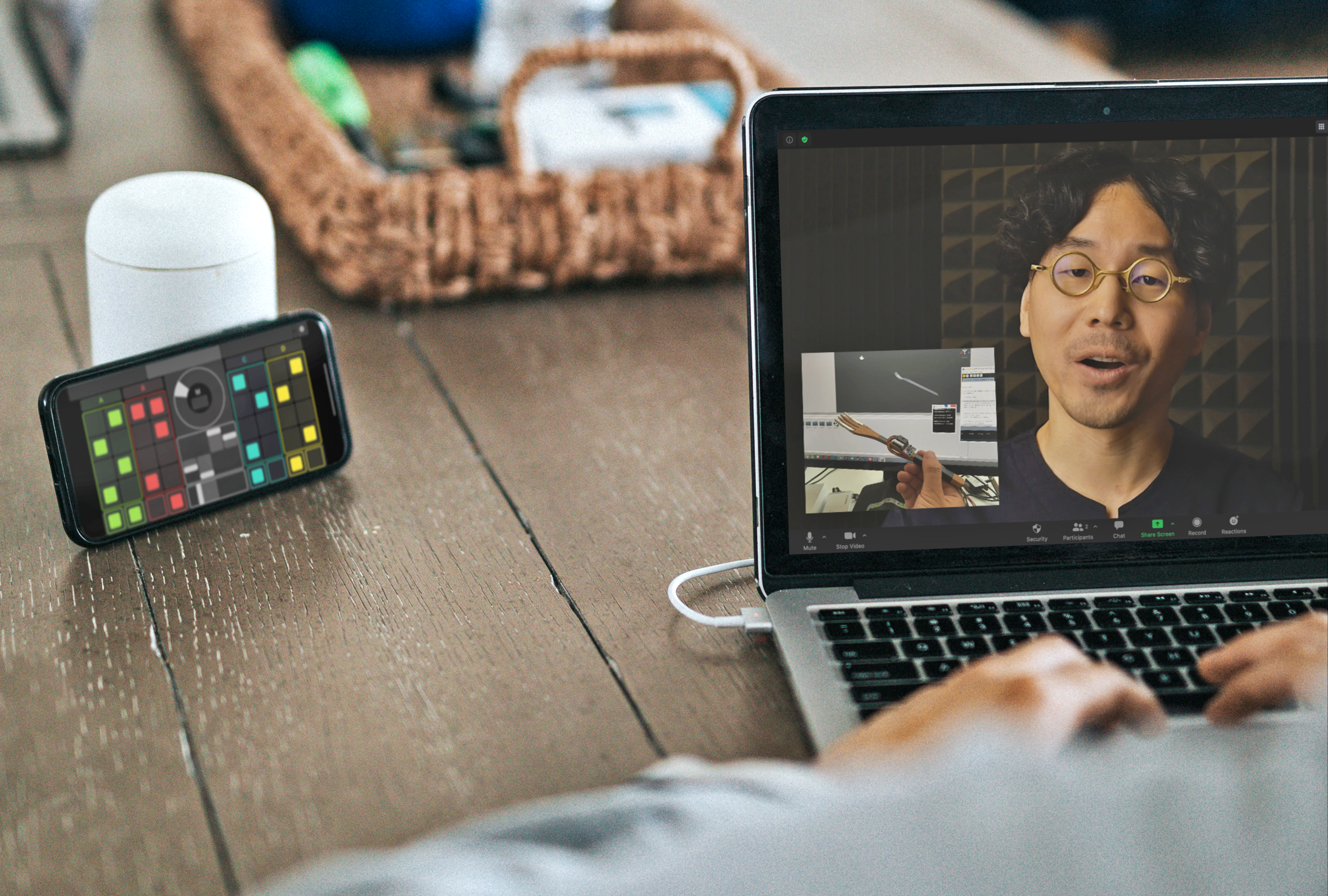
We host a variety of programs to educate the public and partners about our platform as well as methodology, research and insights utilized by Project Nourished. They include lightning talks, in-depth webinars and co-creation workshops catered to non-profit and for-profit organizations. The training programs are designed to help attendees leverage our open platform and amplify their innovation practices related to food, wellness and beyond.
Background ⏳
Project Nourished began in 2014 in a warehouse on Skid Row of Los Angeles. It was founded by Jinsoo An with a belief that our food system requires a fundamental change in accordance with needs and conditions risen from climate change, obesity and disease.
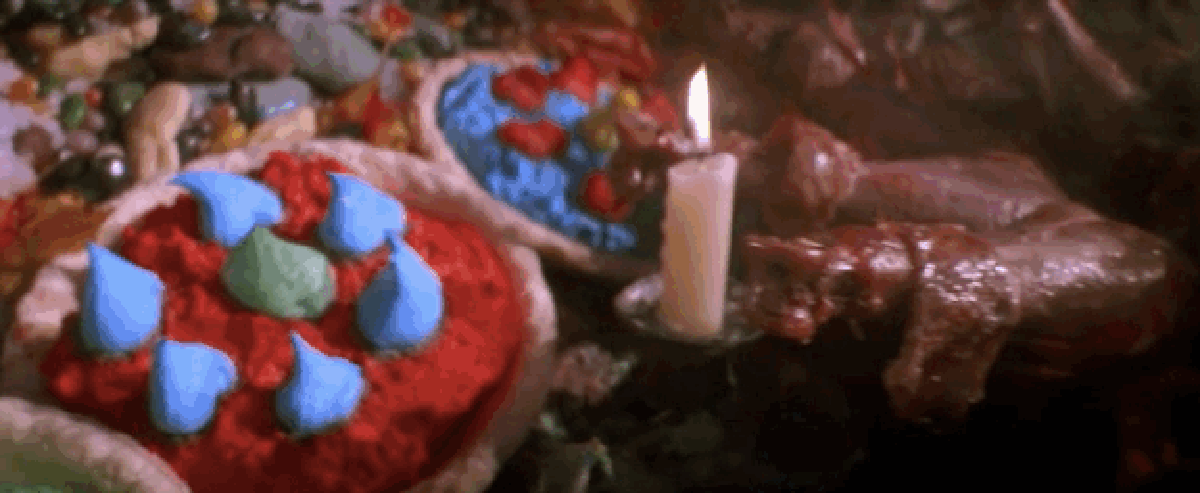
The project was originally inspired by Peter Pan’s magical dinner scene in the film Hook—one of his favorite scenes from his childhood. In the film, one of the children shouts, “Use your imagination, Peter!” When Peter recalls his ability to use his imagination, empty platters and bowls become full of mouthwatering meats, fruits and desserts.
“Wouldn’t it be amazing to recreate the magical dinner scene with technology?”
—Jinsoo An, Founder of Project Nourished
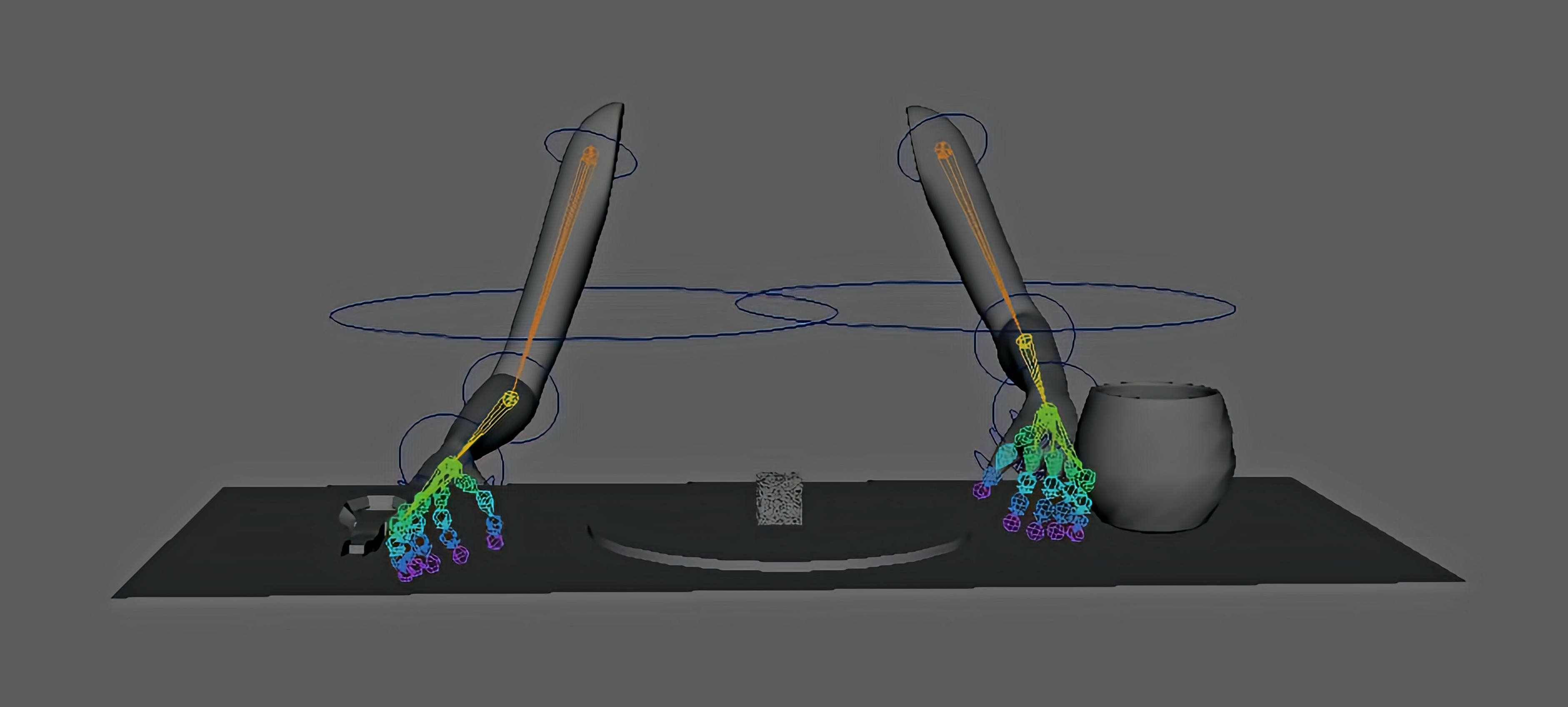
Since its inception, the project has introduced a myriad of innovative technologies and applications—including many unpublished. Some of the notable works include: embedded fork and food-sensing plate optimized for mixed-reality dining, deglutition-free eating utensil, multi-chamber food-grade diffuser, and computational form study of edible objects.
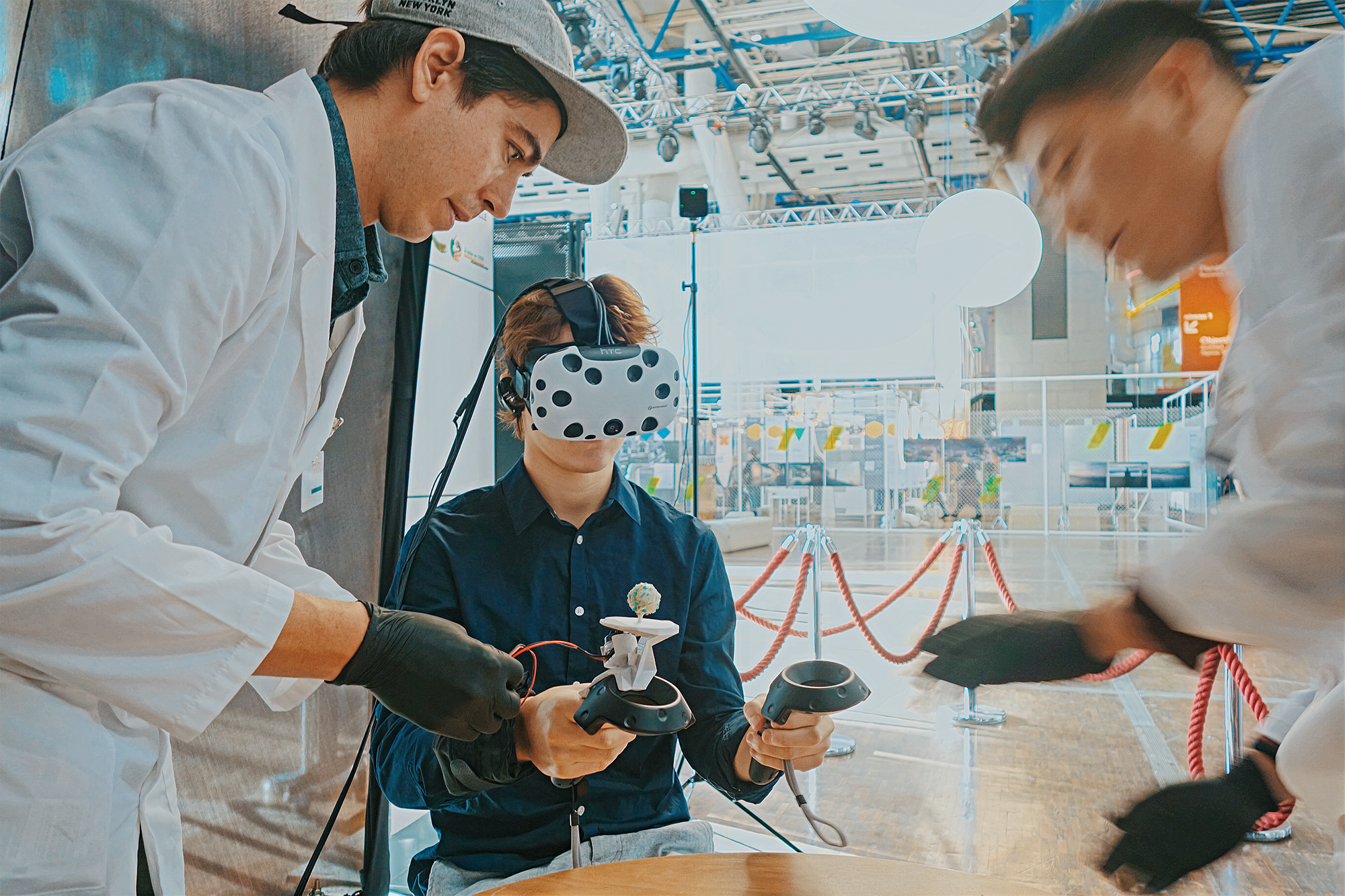
Today, we pride ourselves for inventing the world’s first VR-enabled eating and drinking experience as well as paving the future of digitally-augmented food, beverage and medicine.

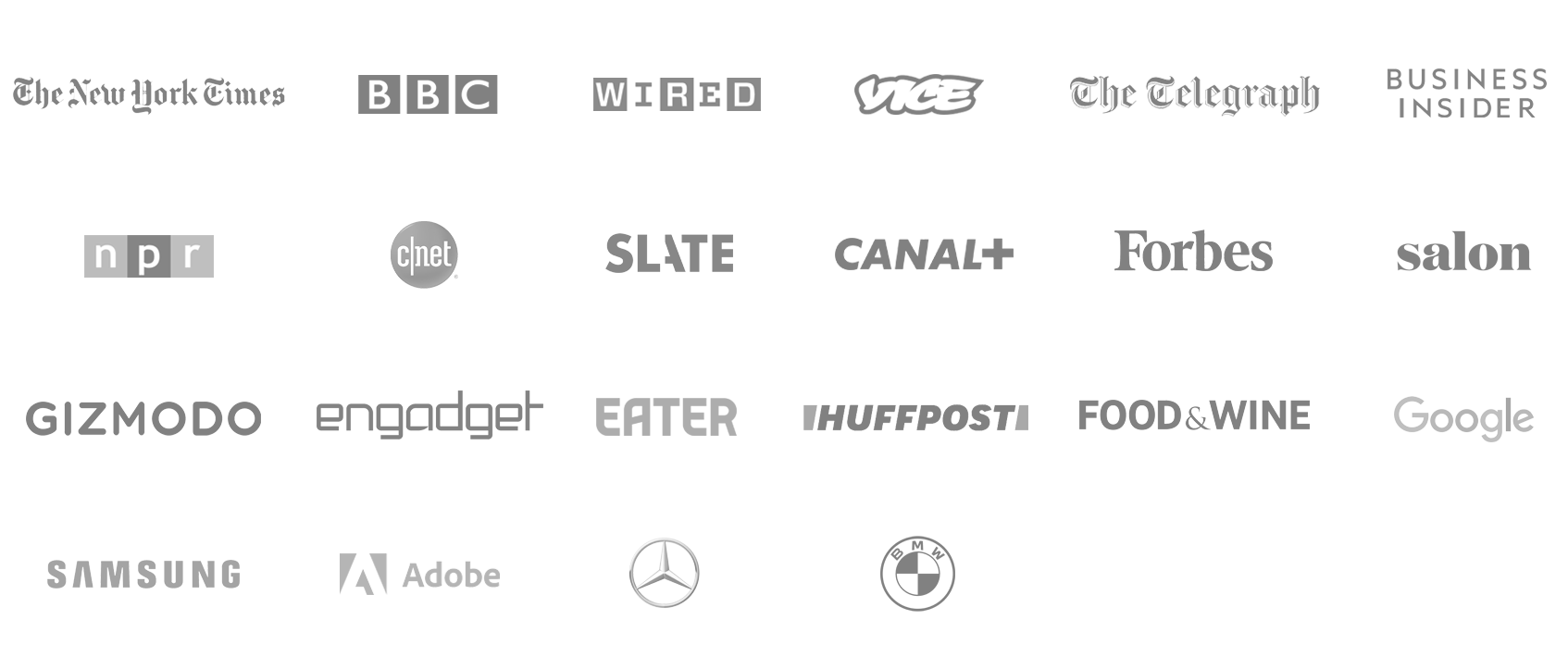
Consuming the Consumable 🍎
During the development of Project Nourished, Jinsoo had a dilemma.
“What is ‘food’ exactly? How do we define it?”, he said.
When he inconveniently looked up the definition of “food” on a dictionary, it plainly defined the word as, “any nutritious substance that people or animals eat or drink.”
While this is true in many instances, he felt that this definition felt short and perhaps grossly misleading.
Why do we call food food? Is it merely something you are taught to eat or crave instinctually? Is food still considered food even if it cannot or should not be eaten but one has the desire to eat it (e.g. Tide PODS, imaginary foods in animated films, etc.)? Does food need to be fully swallowed and/or digested in order to be considered food? What if one or more steps in our body during consumption are skipped all together? For example, would chewing gum be considered food—even though one merely masticates for the purpose of experiencing pleasure from scent, taste or consistency without swallowing? Should pills be considered food since they provide some form of nutrients and they can be both swallowed and digested in our body? What if you place something edible—like aloe vera—onto your skin? Would this be still considered food? Skin food, anyone?
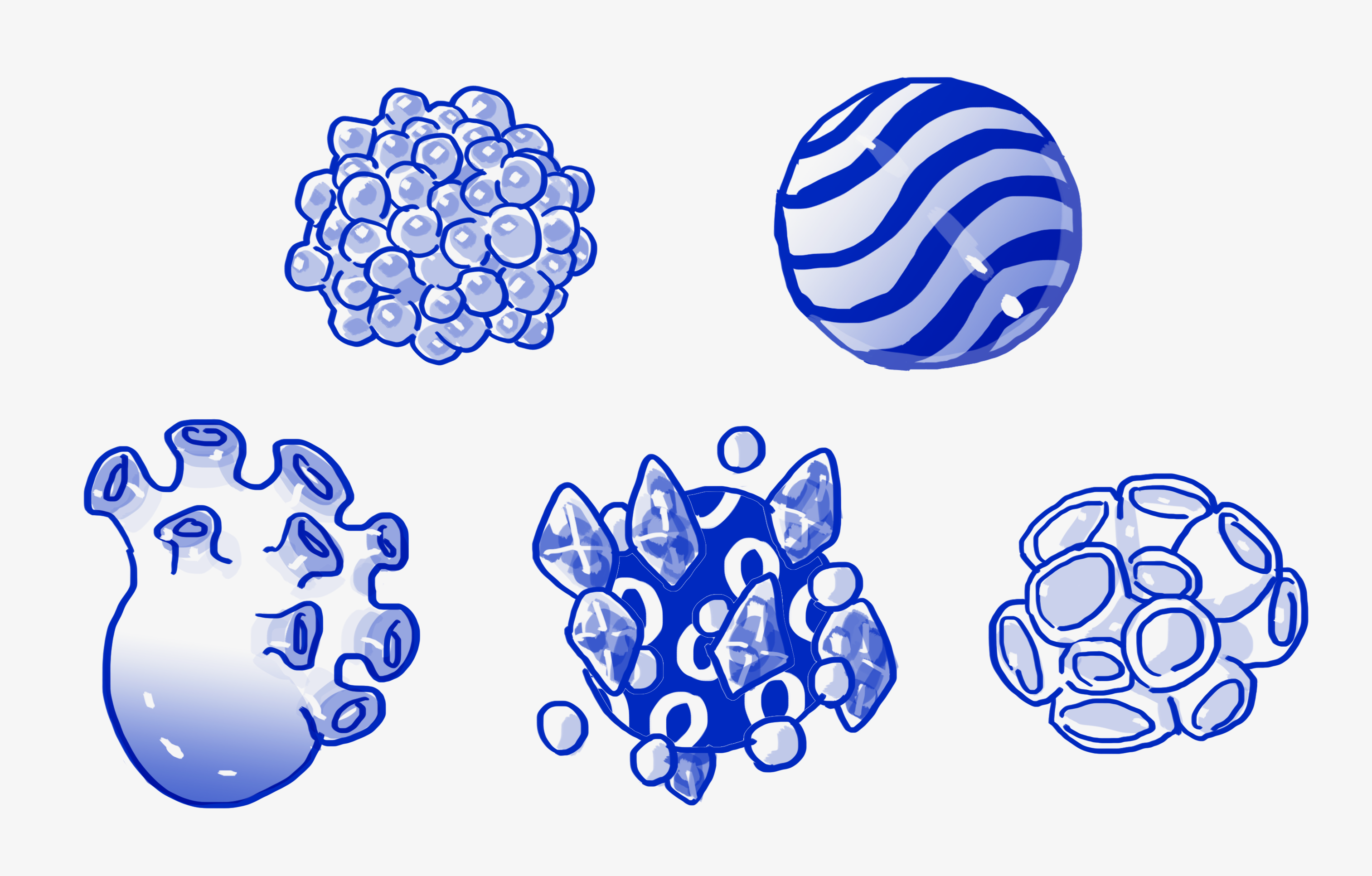
After an onslaught of mapping sessions and late night discussions, we have deduced our thoughts into a following statement.
We have determined that the term “food” should no longer be used alone to describe its current and future roles. Instead, we believe that the term, “consumable” is more appropriate for our purposes and what it could be. In our context, consumable can be defined as any object that can trigger a biological activity internally or externally. While consumables can be consumed by humans as expected, the act of consumption can further be broken down into five methods: masticate (chew), ingest (swallow), digest (break down), absorb (take in) and inhale (breath in). Appropriately, a consumable must be appropriated through one or more of these methods of consumption.
So why do we continue to make use of “food, beverage and medicine” as opposed to “consumables” more times than not?
To simply put, we strive for clarity. The three classifications are ubiquitous and universal regardless of the language and geography. The relatively new term consumable, on the other hand, was coined during the 17th century as the fundamentals of capitalism and commercialization were being established. While consumable is a more accurate representation for our intended purposes, we will continue to use both nomenclatures in order to better educate the public.
